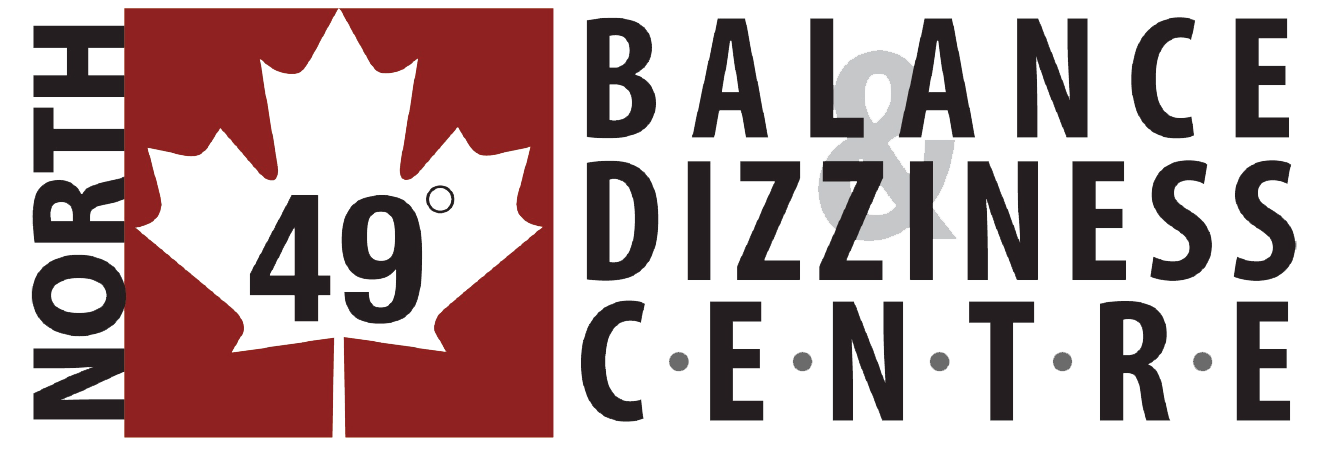Let’s Consider Taking a Step Backwards When Assessing Balance

A few months ago we reviewed how gait speed is not only a great test to measure mobility, but why it should also be considered a vital sign (link). But have you ever wondered about assessing your patient’s ability to walk backwards? This is a more complex task needed for tasks such as backing up to a chair, opening a door, or avoiding a sudden obstacle. Or, have you ever wondered if there was a standardized testing protocol for backwards walking with normative data?
The study by Carter in 2017, called “The 3m Backwards Walk & Retrospective Falls: Diagnostic Accuracy of a Novel Clinical Measure” looked at walking backwards and falls. The study reviews:
- How relevant fall prevention is as 1 in 3 adults fall each year. With that, falls have an enormous impact on the quality of life for the individual and the cost to society as a whole.
- Their standardized testing protocol and normative data for the 3m Backwards Walk (3MBW) test.
- Other tests commonly used to assess balance and mobility such as the Timed Up and Go (TUGS) and the 5 Times Sit to Stand test.
Before we review the instructions for the 3MWB test and the results of the study we should review what the risk factors are for a fall.
What are the risk factors for a fall?
- Limited balance and gait.
- Taking multiple medications.
- History of falls.
- Advanced age.
- Cognitive decline.
- Visual impairment.
- Environmental factors.
What are the instructions for the 3m Backwards Walk test?
- Before the test measure and mark a distance of 3m with black tape on a smooth surface floor (i.e. not carpet, grass, etc).
- Ask participant to align their heels with the black tape.
- Instruct the participant to walk backwards as quickly, but safely as possible when signalled to “go” and to stop when the distance of 3m is reached.
- The examiner walks backwards with the participant to ensure safety.
- The average of 3 time trials is made.
Note: Running backwards by the participant is not allowed, but they are allowed to look backwards if they want.
Normative data found with the 3MWB test:
- Those walking backwards to complete the test in 3 sec or less were unlikely to report falling in the previous year.
- Found those walking backwards to complete the test in 4.5 sec or more were likely to report falling in the previous year.
Study Pros:
- Great review of how to perform other tests (i.e. TUGS and 5 Times Sit To Stand) that measure functional ability, balance and fall prediction.
- Outlines that the 3MWB test is a simple test to administer.
- Provides normative data for the test.
- Interesting, as 25 of the 59 healthy, mobile seniors (ave age 71.5 yrs) in the study reportedly fell in the year preceding the study.
Study Cons:
- Only assessed healthy older adults who did not require the use of an ambulatory aide.
- The study results provide no predictive indicator of how at risk someone was for falling (i.e. mild, moderate, significant).
- Small sample size (n=57).
- Did not define the criteria for what a fall was.
Summary
This study provides a novel, functionally relevant, and clinically simple test to administer. Further research is needed in this area, but as it stands, the 3MWB test is another tool that a clinician can use to get an objective measure of balance that can be tested serially over time.



